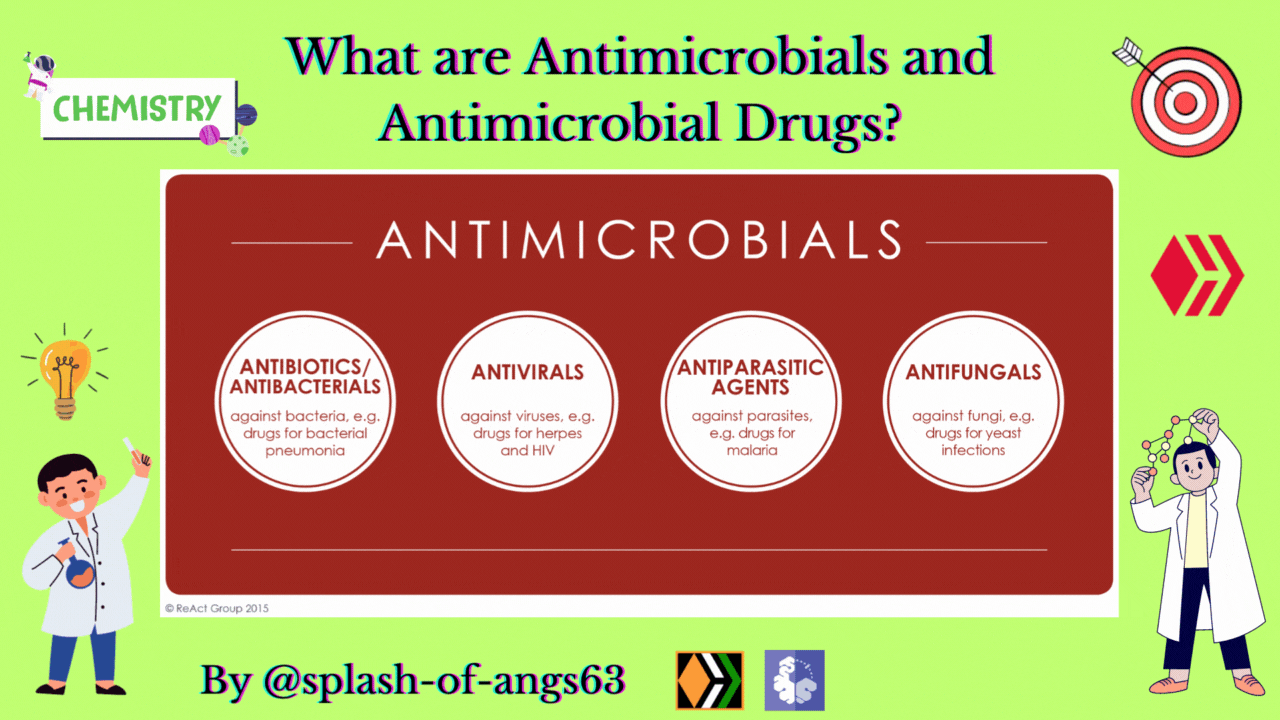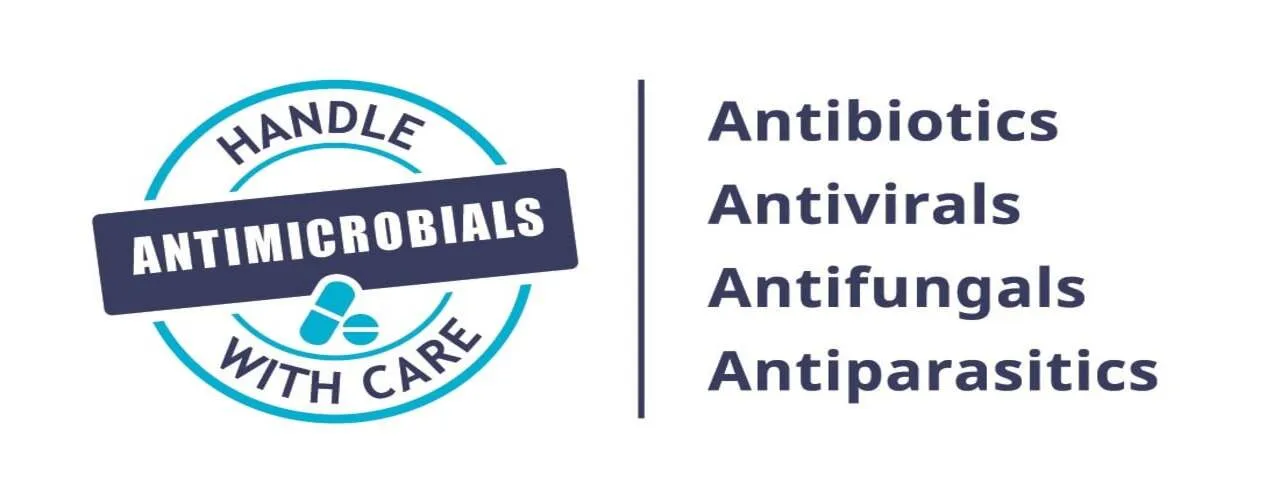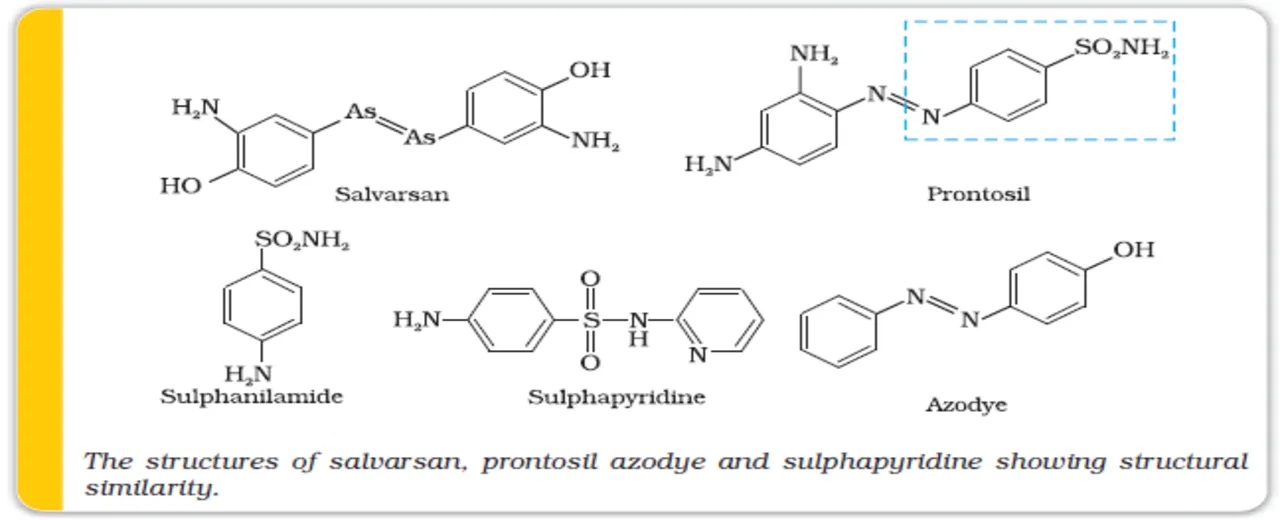Greetings to everyone! So, we were discussing about drugs in the last two blogs. This article is no exception to it. We have discussed the therapeutic action of different classes of drugs. Within this category, I have left out another important class of drugs called antimicrobial drugs. Today, we shall be discussing about antimicrobials. But before going to study the antimicrobial drugs, first we need to know about what is antimicrobial actually is?

In human beings and animals, diseases can be caused by a variety of microorganisms such as bacteria, virus, fungi and other pathogens. An antimicrobial tend to destroy or prevent development or inhibit the pathogenic action of such disease causing microbes. If it inhibits the growth and development of bacteria, it is called as antibacterial drug, if inhibits the activity of fungi, it is called as antifungal agents or if virus then it is called as antiviral agents. In general for any other parasites, it is termed as antiparasitic drugs selectively. Antibiotics, antiseptics and disinfectants comes within the antimicrobial drugs. We shall discuss them here.
Antibiotics
Antibiotics are used as drugs to treat infections because of their low toxicity for humans and animals. Initially antibiotics were classified as chemical substances produced by microorganisms which inhibit the growth or even destroy the microorganisms causing the disease. The development of synthetic methods has helped in synthesizing some of the compounds that were originally discovered as products of microorganisms. Also, some purely synthetic compounds have antimicrobial property and therefore, definition of antibiotics has been modified.

An antibiotic now actually refers to a substance produced wholly or partially by chemical synthesis, which in low concentration inhibits the growth or destroys microorganisms by intervening in their metabolic processes.
The search for chemicals that would primarily effect and target adversely the causing bacteria and not the host began in the nineteenth century. Paul Ehrlich, a German bacteriologist, conceived this idea. He investigated arsenic based structures in order to produce less toxic substances for the treatment of syphilis. He developed the medicine, arsphenamine, known as salvarsan. He was awarded with the most prestigious Nobel prize for Medicine in 1908 for this discovery. It was the first effective treatment discovered for syphilis. Although salvarsan is toxic to human beings, its effect on the bacteria, spirochete, which causes syphilis is much greater than on human beings.

At the same time Ehrlich was working on azodyes also. He noted that there is similarity in structures of salvarsan and azodyes. The -As = As- linkage present in arsphenamine resembles the -N = N- linkage present in azodyes in the sense that arsenic atom is present in place of nitrogen. He also noticed that tissues getting coloured by dyes selectively. With this observation, he then began to search for the compounds which resemble in structures to azodyes and selectively bind to bacteria. In 1932, he succeeded in preparing the first antibacterial agent, prontosil, which resembles in structure to the compound salvarsan. Soon, it was discovered that in the body, prontosil is converted to a compound called sulphanilamide, which is actually the real active compound. Thus in this way, sulpha drugs were discovered. A large range of sulphonamide analogues was synthesized. One of the most effective is sulphapyridine.
Despite the success of sulphonamides, the real revolution in antimicrobial therapy began with the discovery of Alexander Fleming in 1929, of the antimicrobial properties of a Penicillium fungus. Isolation and purification of active compound to accumulate sufficient material for clinical trials took thirteen years.
Antibiotics have either killing effects (Cidal effect) or inhibitory effect (Static effect) on various microbes. A few examples of the two types of antibiotics are as follows -
| Bactericidal | Bacteriostatic |
|---|---|
| Penicillin | Eryhromycin |
| Aminoglycosides | Tetracycline |
| Ofloxacin | Chloramphenicol |
The range of bacteria or other microrganisms that are affected by a certain antibiotic is expressed as its spectrum of action. Antibiotics which kill or inhibit a wide range of Gram-positive and Gram-negative bacteria are said said to be broad spectrum antibiotics. Those effective mainly against Gram-positive or Gram-negative bacteria are narrow spectrum antibiotics. If effective against a single organism or disease, they are referred to as limited spectrum antibiotics. The well known Penicillin G has a narrow spectrum. Ampicillin and amoxycillin are synthetic modifications of penicillins. These on the contrary lies in the broad spectrum. It is absolutely essential to test the patients for sensitivity (allergy) to penicillin before it is administered. In INdia, penicillin is manufactured at the Hindustan Antibiotics in Pimpri and in private sector industries.

Chloramphenicol, isolated in 1947, is a broad spectrum antibiotic. It is rapidly absorbed from the gastrointestinal tract and hence can be given orally in case of typhoid, dysentery, acute fever, various forms of urinary infections, meningitis and pneumonia. Vancomycin and ofloxacin are the other important broad spectrum antibiotics. The antibiotic dysidazirine is supposed to be toxic towards certain strains of cancer cells.
Allow me to wrap my article for today. We have vastly discussed antimicrobials and antibiotics today. I hope I was able to put forward whatever knowledge I have to the STEM community, We shall meet again.
Therapeutic Action of Different Classes of Drugs |ChemFam #43|
Introduction to Drugs and Drug-Target Interaction |ChemFam #42|
Scientists Analyze a Single Atom With X-Rays For The First Time |ChemFam #41|
Can We Slow Down Aging? |ChemFam #40|
Studying The Cluster Compounds: The LNCC |ChemFam #39|
Biochemistry of Calcium: Role of Calcium in Muscle Contraction |ChemFam #38|
Biosynthesis of Fatty Acids: De Novo Synthesis of Fatty Acids |ChemFam #37|
Hapticity and The Eighteen Electron Rule |ChemFam #36|
An Introduction To Organometallic Chemistry |ChemFam #35|
Applications of Zeolites: The 3D Molecular Sieves |ChemFam #34|
Properties of Zeolites: The 3D Molecular Sieves |ChemFam #33|
Zeolites: The 3D Molecular Sieves |ChemFam #32|
The Beauty of Eucalyptus Tree |ChemFam #31|
The Accidental Cure for Cancer: Cisplatin |ChemFam #29|
Acceptorless Dehydrogenation and Related Transformations |ChemFam #28|
PS The thumbnail image is being created by me using canva.com by using template image from Reactgroup


